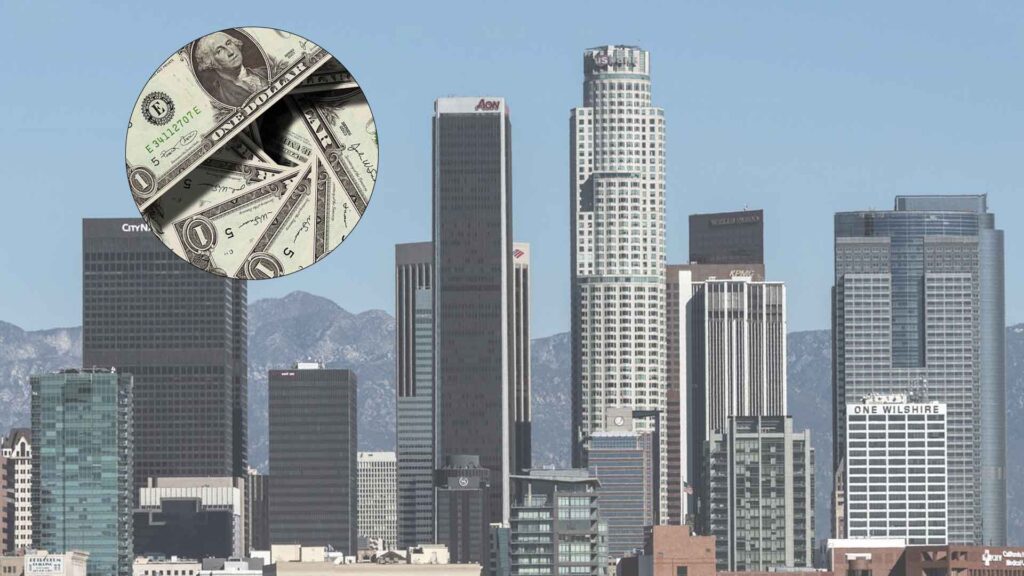California’s recent increase of the minimum wage to $20 an hour was initially a cause for celebration among workers. However, this excitement quickly turned to concern as massive layoffs swept through various industries.
The tension between workers’ demands for higher wages and the economic realities faced by businesses has become a focal point of debate. Labor and union groups argue that even $20 an hour may no longer suffice for many Californians.
Long Beach Takes the Lead

Long Beach has taken a bold step by approving a measure to increase hotel workers’ wages to $23 an hour, with plans to raise it to $29.50 by 2028. This decision underscores the growing momentum for higher wages across the state.
As workers push for better pay, cities like Long Beach are setting the stage for significant wage hikes, reflecting the broader trend of labor advocacy in California.
Los Angeles Joins the Movement
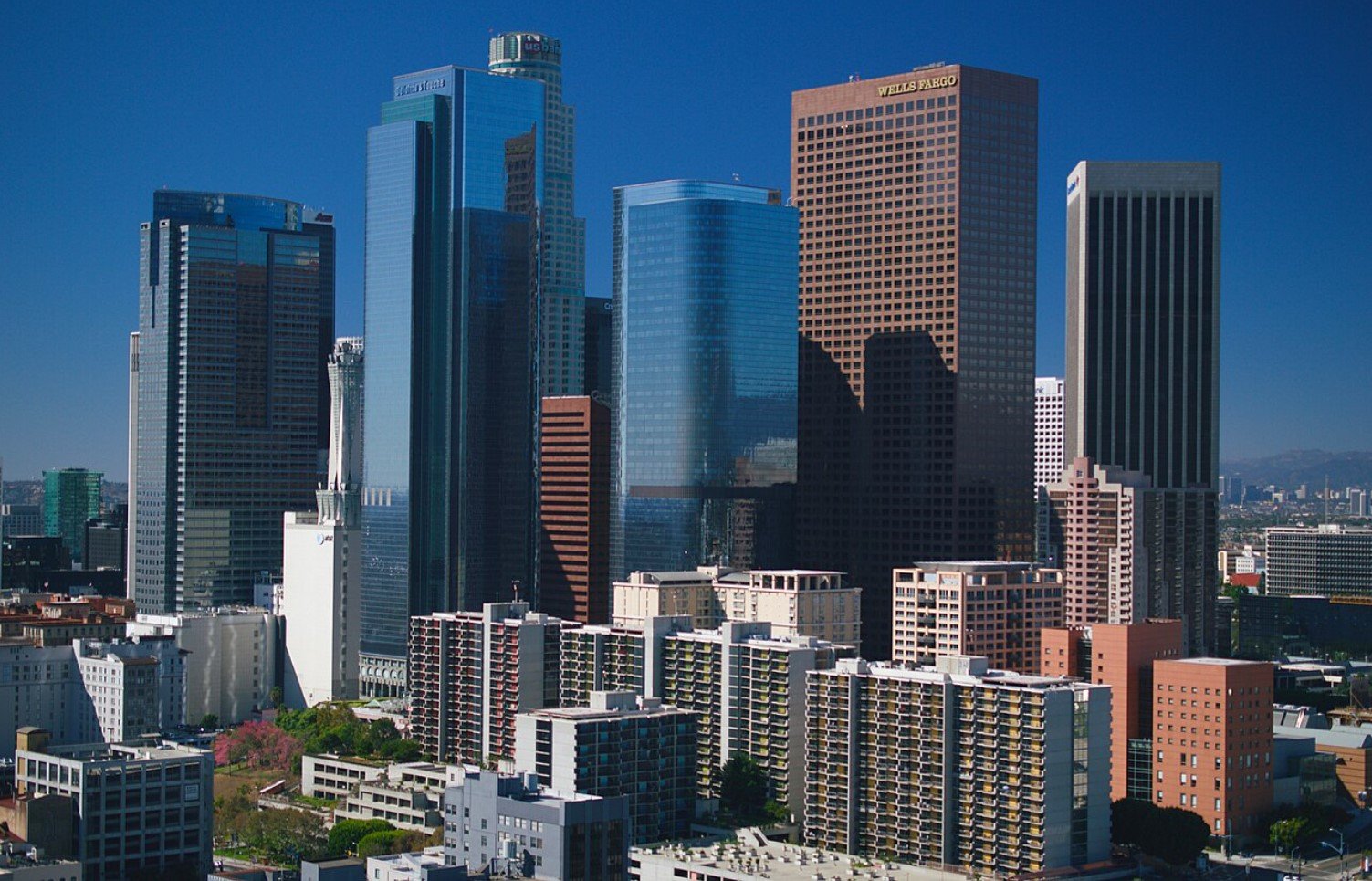
Los Angeles is considering a similar wage increase, with discussions underway to raise the minimum wage for airport workers to $30 by 2028.
The push for higher wages in key sectors aims to address the high cost of living in Los Angeles and ensure that workers can afford basic necessities.
Impact on Small Businesses
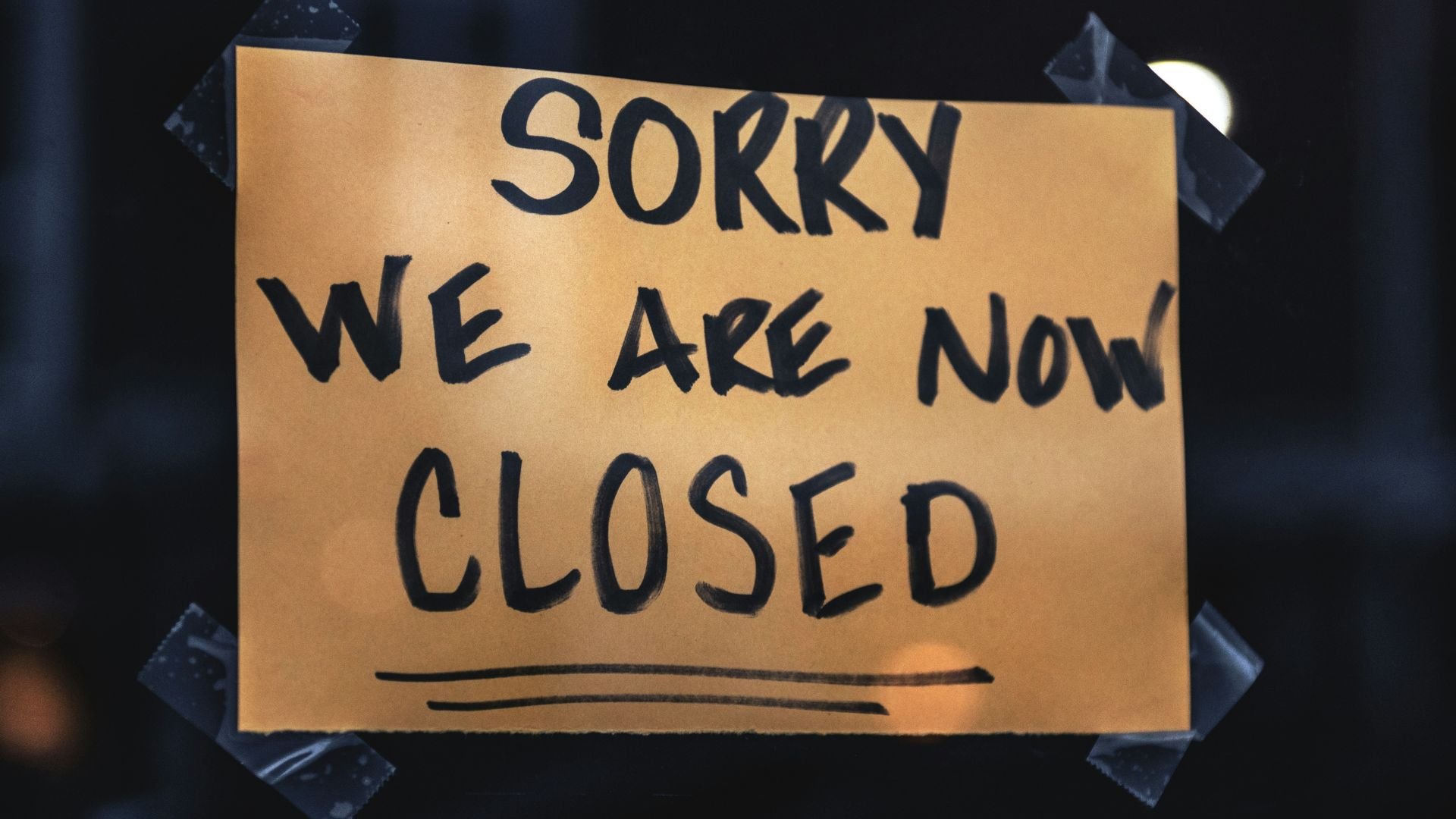
The new $20 minimum wage has hit small businesses hard, leading to nearly 10,000 job losses in the fast-food industry alone. Small business owners are struggling to balance higher labor costs with maintaining profitability.
Many worry that further wage increases could force them to close their doors, which would have a ripple effect on local economies and communities.
Consumer Prices on the Rise

In response to rising labor costs, businesses may pass these costs onto consumers through higher prices. This could lead to an overall increase in the cost of living, affecting everyday expenses like food, clothing, and services.
Consumers might find themselves paying more for goods and services, which could further strain household budgets and contribute to inflationary pressures in the economy.
Potential for Automation
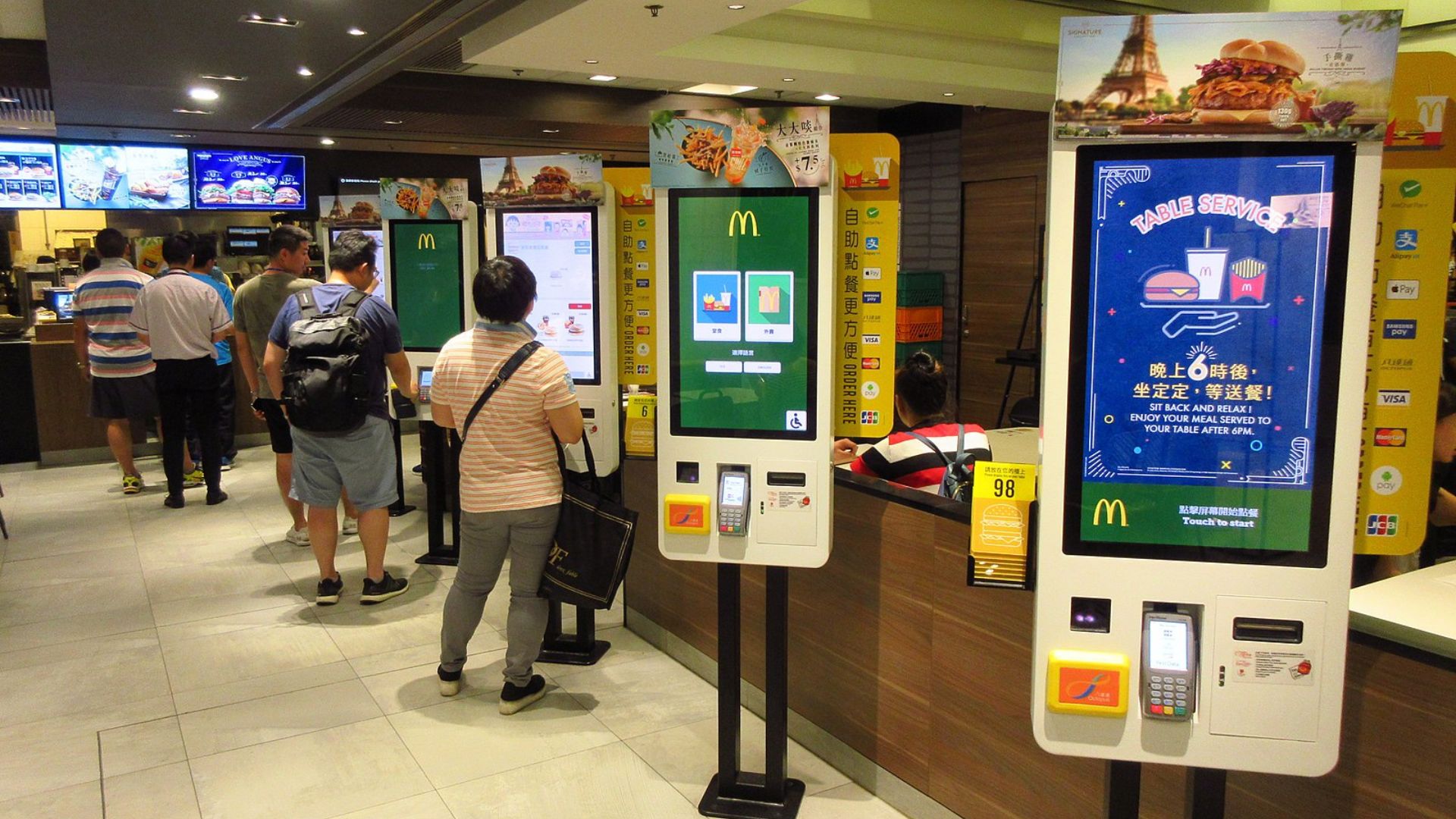
As labor costs rise, businesses are increasingly looking towards automation as a cost-saving measure. The fast-food and retail sectors, in particular, are exploring automated solutions to reduce reliance on human labor, such as self-service kiosks.
This shift towards automation could result in further job losses, creating a challenging environment for workers seeking stable employment in these industries.
Voices of the Workers

Workers and their advocates argue that the current minimum wage is insufficient to cover living expenses in California. Many are calling for a minimum wage of $30 by 2025, citing the high cost of housing, healthcare, and other necessities.
Labor groups are at the forefront of this movement, emphasizing the need for wages that reflect the realities of living in one of the most expensive states in the U.S.
Economic Concerns from Experts

Economists warn that increasing the minimum wage to $30 could have unintended consequences, such as inflation and higher unemployment.
Hospitals and other large employers are particularly concerned about the financial impact, suggesting that higher wages could lead to significant price hikes and layoffs. These potential economic disruptions are a key part of the ongoing debate over wage policies.
Janitors Push for $25 an Hour
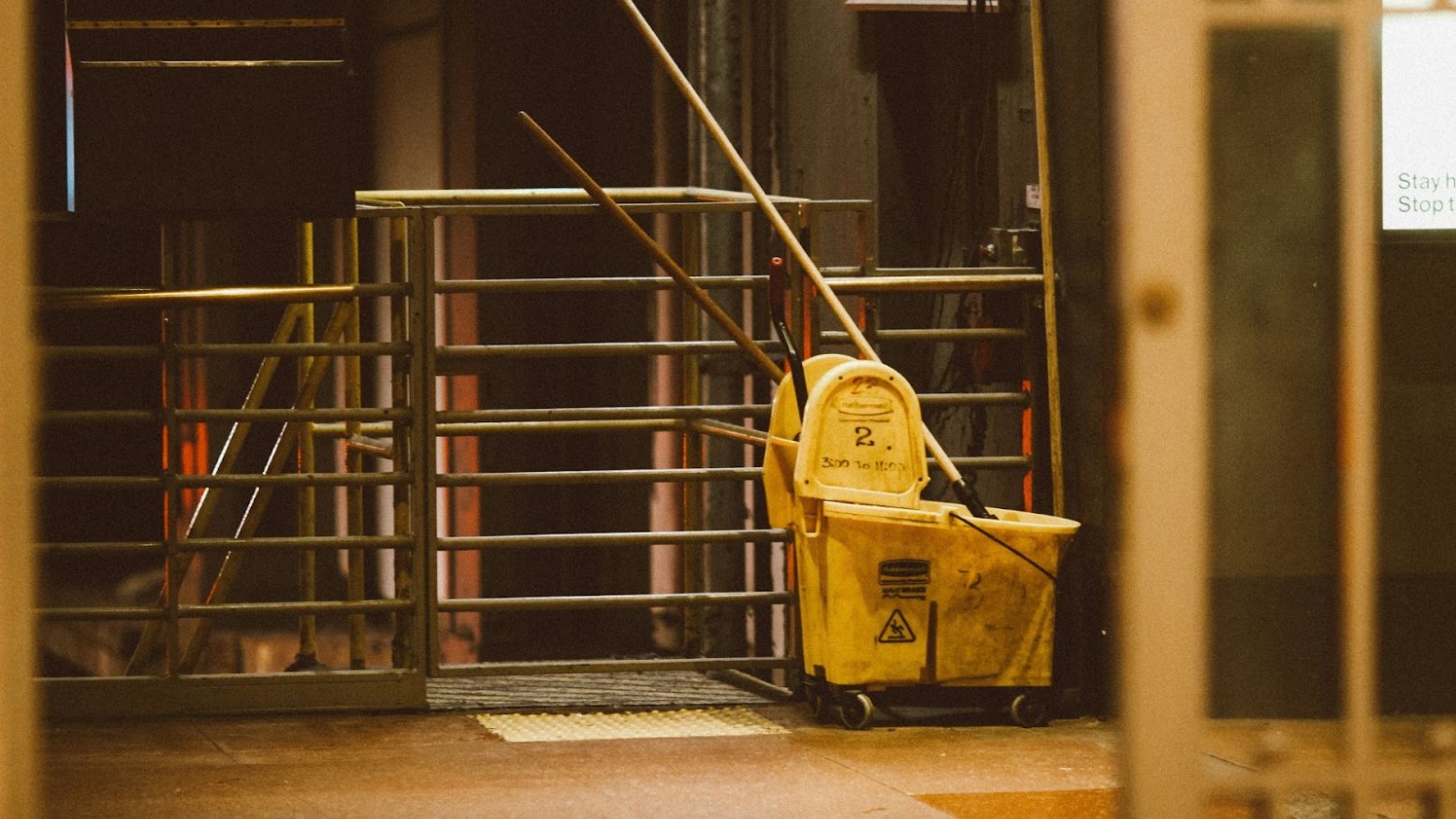
In addition to broader calls for a $30 minimum wage, specific groups like janitors are advocating for a $25 hourly wage.
Janitors and other service workers argue that their wages have not kept pace with the cost of living, necessitating substantial increases to ensure financial stability.
Public Reactions
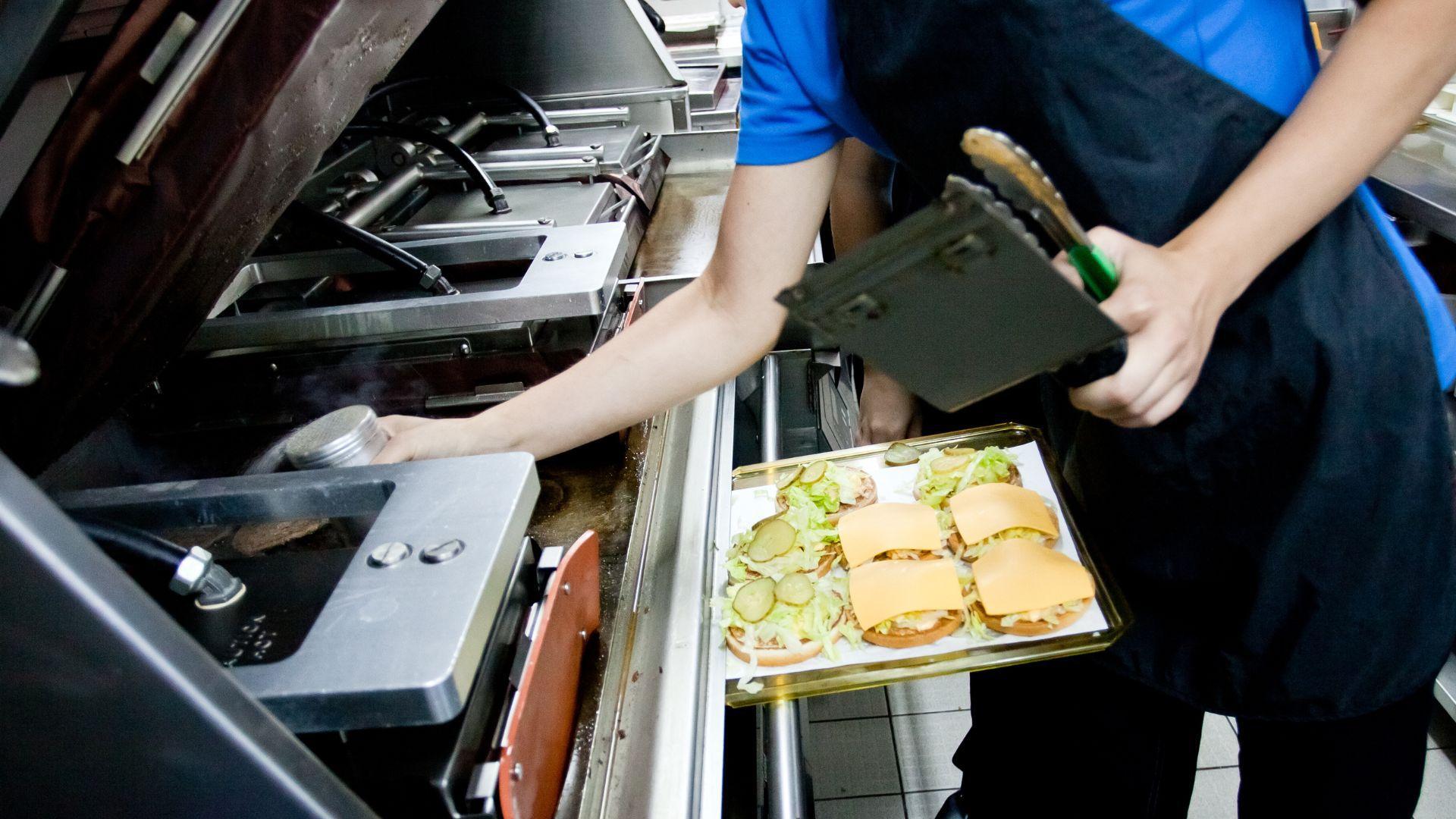
Public opinion on the wage increases is mixed. Some support the higher wages, believing they are necessary for workers to meet their basic needs.
Others are concerned about the potential negative impacts on the economy, including job losses and increased prices. The debate reflects broader societal tensions over how to balance fair wages with economic viability.
Comparing Wage Policies
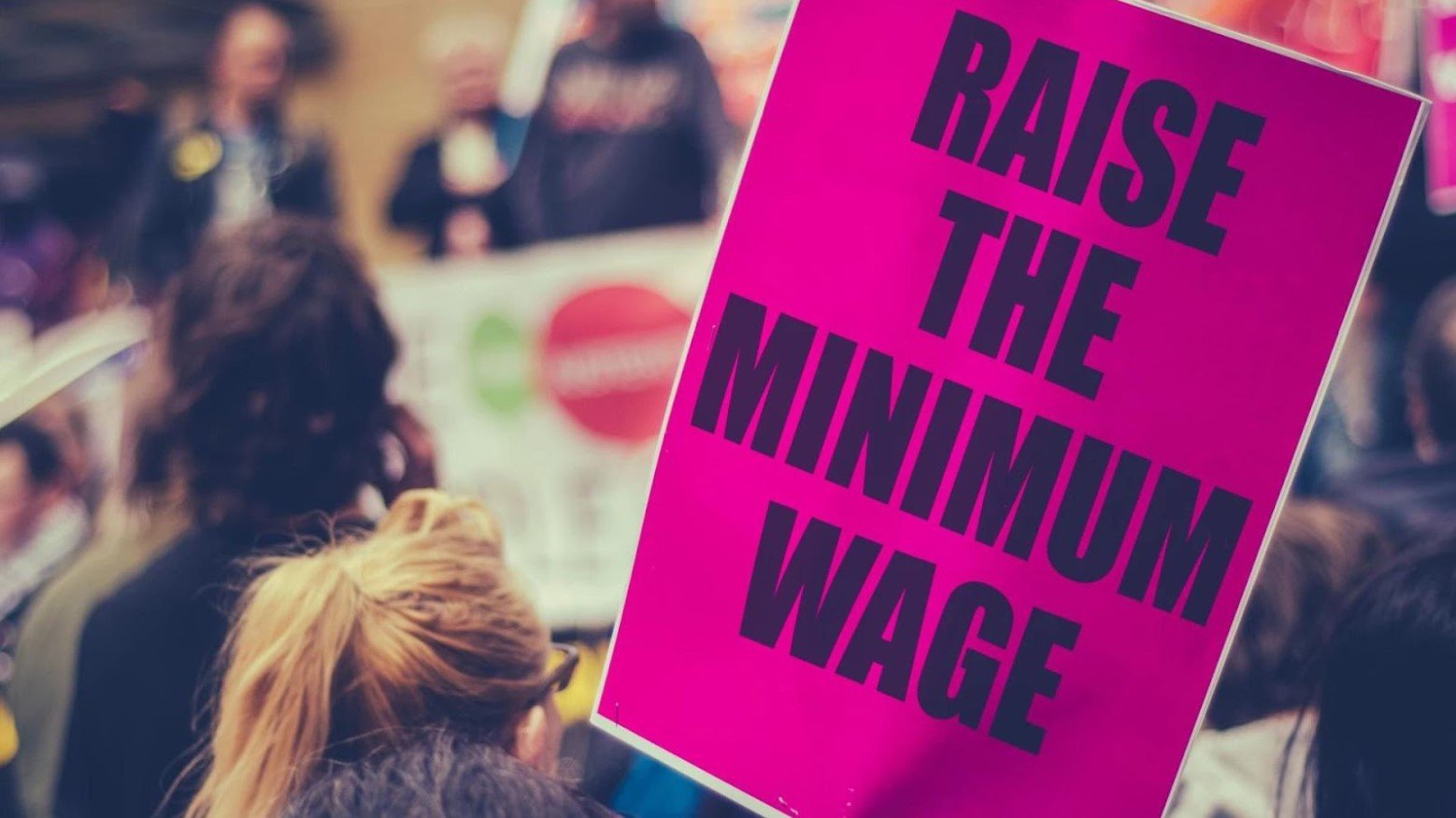
California’s push for higher minimum wages stands out compared to other states, many of which still have minimum wages below $15 an hour.
This contrast highlights California’s progressive approach to labor rights and the unique economic pressures faced by its workers.
Future Prospects
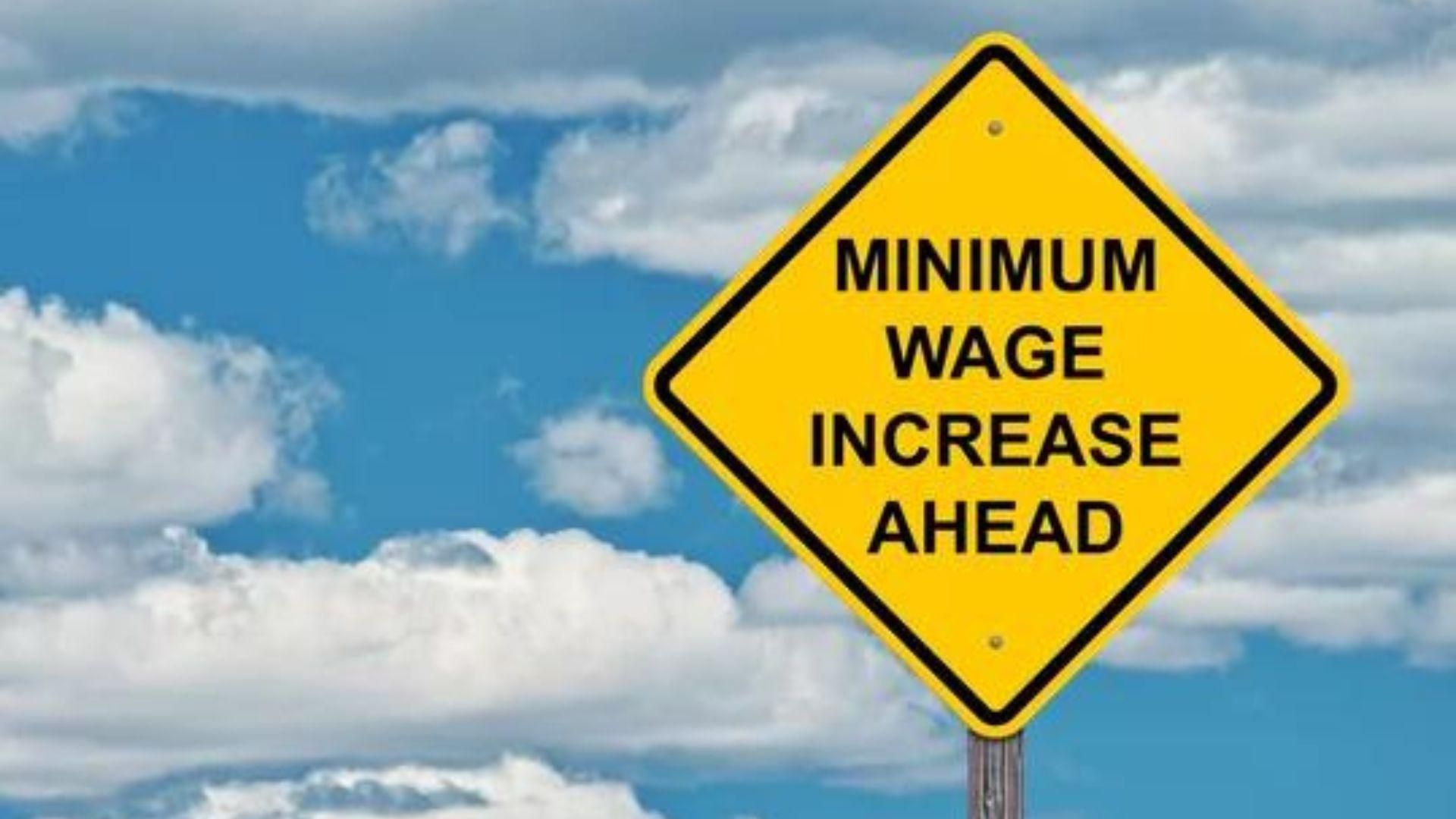
The future of the minimum wage debate in California remains uncertain. As discussions continue, the state must navigate the complex balance between ensuring fair wages for workers and maintaining a healthy business environment.
Policymakers will need to consider the long-term economic impacts of wage increases and seek sustainable solutions that benefit both workers and employers.
